The Castello Group
Current research
Understanding the roles of cellular RNA-binding proteins in virus infection
'A virus is a piece of bad news wrapped up in protein’, Sir Peter Medawar.
Most pathogenic viruses have RNA as a genome. Hence, RNA plays a dual purpose in infection serving not only as messenger RNA but also in storing the genetic information. Despite its critical importance, the interactions that viral RNA establishes with the host cell remain poorly understood. However, viruses only encode for few proteins able to interact with the viral RNA and thus strongly rely on cellular RNA-binding proteins (RBPs).
"Our overarching goal is to discover which cellular RNA-binding proteins are critical for RNA viruses and elucidate how they control virus infection."
Cellular RBPs have recently emerged as central players of virus infection controlling replication, processing, translation, and packaging of viral RNAs. On the other hand, RBPs are also key components of the antiviral arsenal of the cell, sensing viral RNA to trigger the antiviral state. Our laboratory employs new approaches to discover which cellular proteins engage with viral RNA in the infected cell. Once discovered, we employ novel high-throughput viral fitness assays and case-specific molecular and cellular biology methods as well as proteomic- and transcriptomic-based approaches to uncover their effects in infection and their mechanism of action.
"We hypothesise that host RNA-binding proteins can play master regulatory roles in the infection of a broad range of viruses."
If RBPs play critical roles at controlling the infection of a broad range of viruses, they could be used as targets for broad-spectrum antivirals. The discovery of such therapeutic targets could be the key to fight outbreaks and pandemics to come. With the goal to discover master regulatory RBPs, we apply our methods to different viral models to identify communalities and divergences. These include several Alphaviruses, human immunodeficiency virus type 1 (HIV-1) and severe acute respiratory syndrome coronavirus 2 (SARS-Cov-2), causal agent of COVID-19, amongst others.
"Our research is multidisciplinary, spanning cell and molecular biology, RNA biology, virology and makes use of several 'omic' approaches, super-resolution microscopy and computational biology. To ensure that such multi-angle research is performed with the highest standards, we collaborate with colleagues leading their respective research fields."
For more information about projects, current and former staff, ongoing research, and job opportunities, please visit: www.castellolab.com.
Research Group Members
 |  | 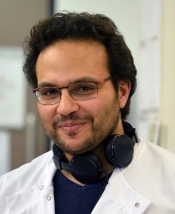 |
|---|---|---|
| Alfredo Castello | Marko Noerenberg | Wael Kamel |
| Principal Investigator Professor in Systems Virology |
Research Fellow | Marie Sklodowska-Curie Postdoctoral Fellow |
 |
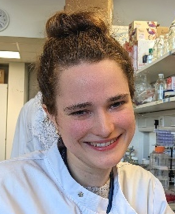 |
 |
| Vincenzo Ruscica | Louisa Iselin | Azman Embarc |
| Marie Sklodowska-Curie Postdoctoral Fellow |
Post-doctoral Fellow | Postdoctoral Research Associate Ramon Areces Fellow |
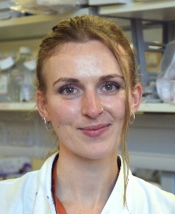 |
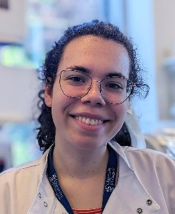 |
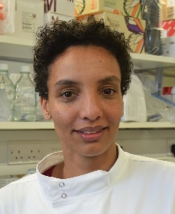 |
| Natasha Palmalux | Ana Rita Silva | Zaydah Rolande De Laurent |
| PhD Student CVR Programme |
PhD Student | PhD Student WT Integrative Infection Biology |
 |
 |
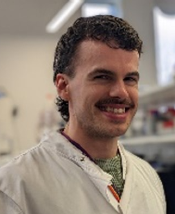 |
| Rozeena Arif | Namah Raut | Innes Jarmson |
| PhD Student | Marie Sklodowska-Curie PhD Student |
PhD Student CVR Programme |
Collaborators
Internal
External

